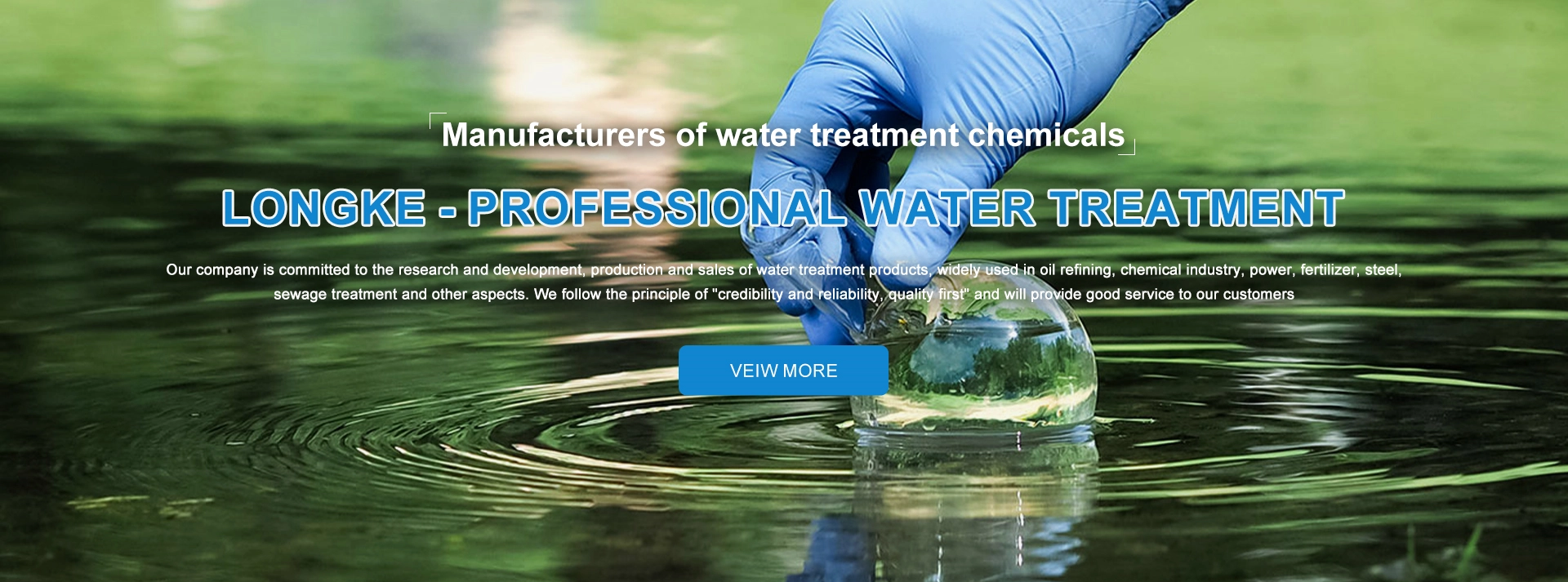ئىيۇل . 12, 2024 11:54
Back to list
Water treatment through coagulation and flocculation for improved water quality and clarity
Water coagulation and flocculation are essential processes in water treatment that help remove suspended particles and turbidity from water. These processes are crucial in ensuring that water is safe for consumption and meets regulatory standards for quality.
Coagulation is the first step in the process, where coagulants such as aluminum sulfate (alum) or ferric chloride are added to water. These coagulants neutralize the charges on particles in the water, causing them to stick together and form larger, heavier particles called flocs. This makes it easier for the particles to settle out of the water.
Flocculation is the next step, where gentle mixing helps the flocs to come together and form even larger particles. This process allows the flocs to settle more quickly and effectively. After flocculation, the water is typically passed through a filtration system to remove any remaining particles.
The combination of coagulation and flocculation is highly effective in removing suspended particles, turbidity, and other impurities from water

water coagulation and flocculation. These processes are particularly important in treating surface water sources, where contaminants such as silt, clay, and organic matter can make the water appear cloudy and unclean. In addition to improving water quality, coagulation and flocculation also play a key role in the removal of pathogens and bacteria from water. By removing suspended particles and turbidity, these processes help to prevent the growth and spread of harmful microorganisms, ensuring that the water is safe for consumption. Water coagulation and flocculation are widely used in municipal water treatment plants, as well as in industrial processes such as mining, food and beverage production, and wastewater treatment. These processes are essential for ensuring that water is clean, safe, and free from contaminants. Overall, water coagulation and flocculation are critical steps in the water treatment process. By effectively removing suspended particles, turbidity, and impurities from water, these processes help to ensure that water is safe for consumption and meets regulatory standards for quality. Whether in municipal water treatment plants or industrial processes, coagulation and flocculation play a vital role in ensuring clean, safe water for all.

water coagulation and flocculation. These processes are particularly important in treating surface water sources, where contaminants such as silt, clay, and organic matter can make the water appear cloudy and unclean. In addition to improving water quality, coagulation and flocculation also play a key role in the removal of pathogens and bacteria from water. By removing suspended particles and turbidity, these processes help to prevent the growth and spread of harmful microorganisms, ensuring that the water is safe for consumption. Water coagulation and flocculation are widely used in municipal water treatment plants, as well as in industrial processes such as mining, food and beverage production, and wastewater treatment. These processes are essential for ensuring that water is clean, safe, and free from contaminants. Overall, water coagulation and flocculation are critical steps in the water treatment process. By effectively removing suspended particles, turbidity, and impurities from water, these processes help to ensure that water is safe for consumption and meets regulatory standards for quality. Whether in municipal water treatment plants or industrial processes, coagulation and flocculation play a vital role in ensuring clean, safe water for all.
Share
Latest news
-
Pbtc Scale InhibitorPBTC: A Scale Protector for Industrial Water TreatmentNewsAug.05,2025
-
Organic Phosphonate: An Efficient Defender in the Field of Scale InhibitionNewsAug.05,2025
-
Hydrolyzed Polymaleic Anhydride: Green Pioneer in Scale Inhibition FieldNewsAug.05,2025
-
PAPEMP Polyamino Polyether Methylene Phosphonic Acid For SaleNewsAug.05,2025
-
Flocculant Water Treatment: A Pioneer in Purification in the Field of Water TreatmentNewsAug.05,2025
-
Benzyl Isothiazolinone: An Efficient and Broad-Spectrum Antibacterial Protective GuardNewsAug.05,2025





